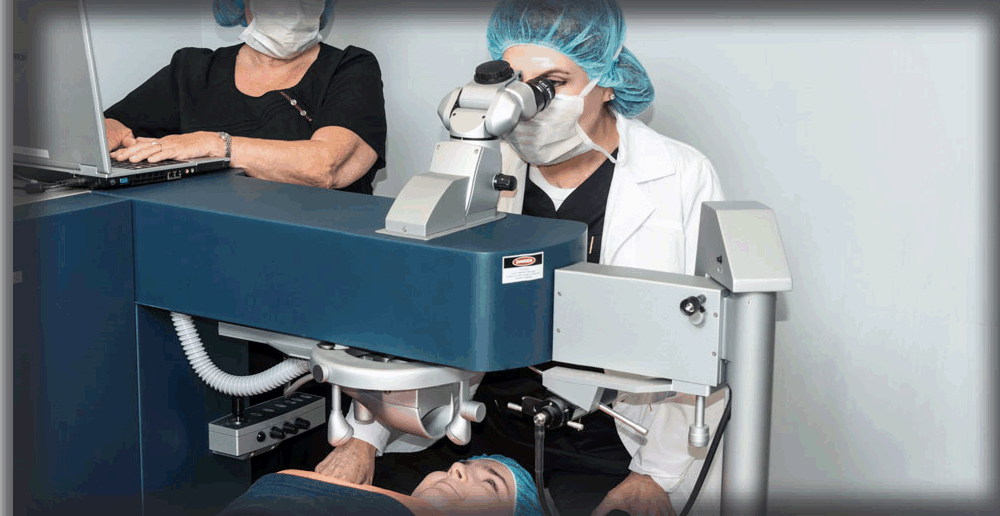For the past 25 years, LASIK (Laser-Assisted in SItu Kerato-mileusis) has proven to be a safe and reliable treatment for the most common forms of vision impairment, including nearsightedness, farsightedness and astigmatism. But despite the procedure’s long and successful track record, a number of myths about LASIK still persist.
Unfortunately, these misconceptions have managed to take root in the minds of many people who might otherwise benefit from the clearer vision and independent lifestyle LASIK can deliver. In truth, LASIK is the closest modern medicine has come to achieving refractive perfection. And although new surgical concepts have come on board, it is important to keep focus on the aspects that matter most: surgical outcome and patient satisfaction.
So in the interest of perpetuating accurate information and allowing prospective patients to make better-informed decisions, we’d like to share – and dispel – the six most common myths about LASIK.
Myth: Physicians would never have LASIK done on themselves.
Fact: Physicians not only have LASIK performed on themselves, they also actively perform it on their close family members and friends. According to one recent study, refractive surgeons were found to be four times more likely to have had LASIK than the general population.
Myth: Contact lenses are safer than LASIK.
Fact: In 2009, a study comparing the occurrence of extreme complications between LASIK and long-term contact lens use found no difference between the groups. Nearly one-third of all contact lens wearers will experience a complication that requires a doctor visit each year.
Myth: LASIK significantly increases risk of glare and halo.
Fact: According to results from the FDA PROWL study, LASIK significantly reduces the amount of glare and halo compared to pre-operative levels.
Myth: Dry eye is extremely common after LASIK.
Fact: The FDA PROWL study also looked at the incidence of dry eye before and after LASIK and found that having the LASIK procedure significantly reduces the frequency and severity of dry eye by six months post-op.
Myth: The safety of LASIK has not improved.
Fact: Not only has there been a clear 10-year trend demonstrating the measureable improvement of LASIK safety and outcomes, but recent data from a review of more than 68,000 patients reports that, on average, 95 percent of patients are satisfied with their LASIK outcomes.
Myth: Complications are commonplace.
Fact: Complications relating to flaps were much more common before femtolasers were used. Thanks to new technologies and better understanding the limits of the procedure in terms of correction and corneal thickness, LASIK complications have dramatically decreased and are now relatively rare.
To see if you are a candidate for LASIK, visit our website or call 423-648-3937.

